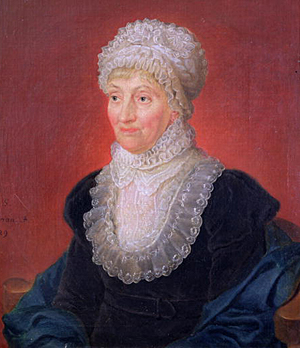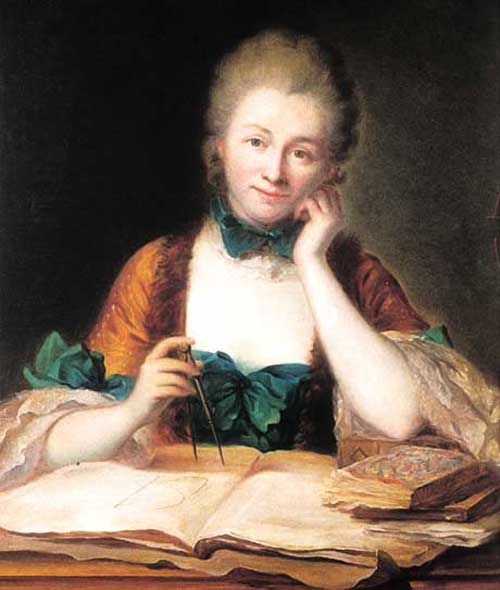Every time you see that smug, self-serving shiny face on an article. You KNOW it's going to be provocative, you know that she's said something simply awful. You're prepared to be shocked and appalled even before you click the link...
And of course you DO click the link, which is why the tabloids give her columns in the first place; which is why even left-wing rags like The Guardian and The Independents love her too, because they can write a weekly article that boils down to the same premise "isn't Katie Hopkins vile" and people will click on it. Like the cartoon villain in the Pantomime, we just love to hate Katie Hopkins.
So I had no qualms what-so-ever of signing the petition that's doing the rounds this week calling for her dismissal. Click. Done. Katie Hopkins = bad, change petitions = good (how many Change petitions to I sign without really thinking about them? Too many I would hazard to guess.
But I have had a little rethink about this one and I may have had a change of heart. I don't think she should be sacked. And here is why:
Katie Hopkins may be a pro-troll of the highest ranks, ultimately maybe serving as a force for good. Let's be honest, must of us only ever engage in topics about the atrocities of the world and form proper opinions about them as polemics to this vile hag. Most people wouldn't even have given a second thought about the plight of refugees drowning if she hadn't said what she said. Her comments in the last couple of weeks got people talking about depression, dementia etc in response to her horrendous Tweets about depression not existing. Those left-wing articles using her as click bait? Go read the comments section, debates about the topics she is highlighting with her heartless views are compelling and engaging, and include a section of people who probably didn't click on the actual news story about the refugees.
It is so easy to gloss over the news. We don't get nearly angry enough at the world for hurting, killing and oppressing people, not enough to do anything. But we engage with the topic more when a figurehead demonstrates perfectly how we SHOULDN'T be feeling, and I think, actually, that has a positive effect by bringing these topics into the British public consciousness.
It is hard to stomach the fact that she is making money out of these vile opinions, but she feeds on negative press, but sacking her will not stop her. She will find another way, another platform and another way of spreading muck and making money (she is a business woman remember). Sacking her would only give more fuel to her fire and be handing those who worry about freedom of speech more material.
If she keeps her job she could continue to spew bile on the most provocative of human stories. We would continue to click on those most unflattering photos of her just to see what's she's said, and we would continue be shocked! But to challenge her we would have to continue to think about our own position and in doing that realise that we are not angry enough, we do not do enough, we do not care enough, and so we care more. At the end of the day it will piss Katie Hopkins off more if through her hate speech she actually creates a more caring society.






